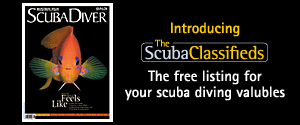- Home
- Directory
- Shop
- Underwater Cameras - Photographic Accessories
- Smartphone Housings
- Sea Scooters
- Hookah Dive Systems
- Underwater Metal Detectors
- Dive Gear
- Dive Accessories
- Diving DVD & Blu-Ray Discs
- Diving Books
- Underwater Drones
- Drones
- Subscriptions - Magazines
- Protective Cases
- Corrective Lenses
- Dive Wear
- Underwater Membership
- Assistive Technology - NDIS
- On Sale
- Underwater Gift Cards
- Underwater Art
- Power Stations
- Underwater Bargain Bin
- Brands
- 10bar
- AOI
- AquaTech
- AxisGo
- Backscatter Underwater Video and Photo
- BLU3
- Cayago
- Chasing
- Cinebags
- Digipower
- DJI
- Dyron
- Edge Smart Drive
- Eneloop
- Energizer
- Exotech Innovations
- Fantasea
- Fotocore
- Garmin
- Geneinno
- GoPro
- Hagul
- Hydro Sapiens
- Hydrotac
- Ikelite
- Indigo Industries
- Inon
- Insta360
- Intova
- Isotta Housings
- Jobe
- JOBY
- Kraken Sports
- LEFEET
- Mirage Dive
- Nautica Seascooters
- Nautilus Lifeline
- NautiSmart
- Nitecore
- Nokta Makro
- Oceanic
- Olympus
- OM System
- Orca Torch
- Paralenz
- PowerDive
- QYSEA
- Scubajet
- Scubalamp
- Sea & Sea
- SeaDoo Seascooter
- SeaLife
- Seavu
- Shark Shield
- Sherwood Scuba
- Spare Air
- StickTite
- Sublue
- Suunto
- SwellPro
- T-HOUSING
- Tusa
- U.N Photographics
- Venture Heat
- XTAR
- Yamaha Seascooter
- Youcan Robot
Goodbye Cocos. Hello Christmas Island!
Contributed by Wandy Hochgrebe

 We
waved goodbye to the crew from Cocos (Keeling)
Islands until our arms hurt. We were a bit sad to leave everybody behind,
but also excited about what was going to come. After only an hour the plane
started to descend again and we could see Christmas Island. It was very clear
straight away that Christmas Island is geologically very different from the
Cocos (Keeling) Islands.
We
waved goodbye to the crew from Cocos (Keeling)
Islands until our arms hurt. We were a bit sad to leave everybody behind,
but also excited about what was going to come. After only an hour the plane
started to descend again and we could see Christmas Island. It was very clear
straight away that Christmas Island is geologically very different from the
Cocos (Keeling) Islands.
Christmas Island, located 2600km Northwest of Perth and only 360 k m South
of Jakarta, is one big rock that rises more than 300 meters above sea level.
This island is almost completely covered in green and 63% of the island has
been declared National Park. Its tropical location and climate provides a rich
and diverse habitat for flora and fauna. The island is surrounded by a narrow fringing reef that quite quickly and steeply
drops off into an abyss.
The island is surrounded by a narrow fringing reef that quite quickly and steeply
drops off into an abyss.
Christmas Island is probably most famous for the annual Red Crab migration. These completely harmless, brightly coloured crabs make their way from the forest to the ocean in October/November. During that time some of the roads are blocked and special crab crossing grids have been put into place to make their journey less impacted on by humans.
The island's main income is currently derived from the sale of stock of the now closed phosphate mines. Most days large ships come to the wharf to load up. Although initially this might look a bit industrial it does not in any way demise the incredible diving.
 After
being picked up from the airport we were taken to 'The Sunset' where we would
stay the week. From our spacious balcony we had a great view over the ocean
and part of Flying Fish Cove. When looking out to sea frigate birds seemed to
be everywhere. Their characteristic hooked wings stretched out, the males with
a red throat pouch. Different species of Booby birds and Bosuns could be spotted
as well.
After
being picked up from the airport we were taken to 'The Sunset' where we would
stay the week. From our spacious balcony we had a great view over the ocean
and part of Flying Fish Cove. When looking out to sea frigate birds seemed to
be everywhere. Their characteristic hooked wings stretched out, the males with
a red throat pouch. Different species of Booby birds and Bosuns could be spotted
as well.
In the mornings we would start our diving day at 8am at the dive shop. This meant that we could do two dives and still have most of the afternoon off to explore the topside of the island. Fortunately, "The Sunset" is just a short stroll from the Indian Ocean Dive Academy, so we could just wander down the road, set up our kit and make our way to Flying Fish Cove where they launch the boat.
Did you say plate corals? We saw some beautiful ones on our very first dive, at 'Rhoda's Wall'. Not only were they massive (3 meter in diameter), they were also pretty much intact and looked very healthy. I don't think I have ever seen so many different, healthy plate corals of this size in one spot. We came across them at other different sites too and they did not seize to amaze me.
 One
of the animals that I had never seen before was the Adhesive Sea Anemone (Cryptodendrum
adhaesivum). This anemone looks like a little round blanket, has
very short tentacles and they come in a variety of colours such as yellow, brown,
grey, blue, pink and green depending on the zooxanthellae it harbours. The Clarks
Anemonefish is the only anemonefish that has been associated with this particular
anemone.
One
of the animals that I had never seen before was the Adhesive Sea Anemone (Cryptodendrum
adhaesivum). This anemone looks like a little round blanket, has
very short tentacles and they come in a variety of colours such as yellow, brown,
grey, blue, pink and green depending on the zooxanthellae it harbours. The Clarks
Anemonefish is the only anemonefish that has been associated with this particular
anemone.
The location of another dive site was pretty much right underneath our bedroom window! 'The Morgue', as it is called, does no lend its name to what you can find underneath, more what is located just above the water: there used to be a morgue right there at the waters edge.
 Here
Claire, our trusted dive guide, showed us Blue Ribbon Eels. There were three
adults with their bright blue and yellow colouring and one juvenile, which was
almost entirely black. Most of this dive site consisted of a wonderful coral
garden with plenty of different reef fish.
Here
Claire, our trusted dive guide, showed us Blue Ribbon Eels. There were three
adults with their bright blue and yellow colouring and one juvenile, which was
almost entirely black. Most of this dive site consisted of a wonderful coral
garden with plenty of different reef fish.
Over the following days we were shown some amazing walls with prolific coral
growth. Imagine looking up from 25 - 30 meters and all you can see is a wall
covered with all kinds of different species of healthy coral. We saw plenty
of Pink Anemonefish (Amphiprion perideraion)  darting
in and out of their anemone (Heteractis magnifica), all
kinds of butterflyfish, surgeonfish, angelfish and anthias.
darting
in and out of their anemone (Heteractis magnifica), all
kinds of butterflyfish, surgeonfish, angelfish and anthias.
'Million Dollar Bommie' is one of those dive sites you can't give a miss either.
The actual bommie is located on the ridge of the abyss, which means when you
swim out there is at least 3000 m of nothing underneath you. An unreal feeling!!
On your way to the bommie you swim over a very interesting landscape dominated
by little bommies divided by sandy patches that harbour Garden Eels and Rockmover
Wrasse. The bommie itself has plenty of nooks and crannies, which offer shelter
to Leaf Scorpionfish, a Starry Moray (Echidna nebulosa) with its yellow eyes
and nostrils, a Yellow-spotted Scorpionfish (Sebastapistes cyanostigma)
and a spectacular species of nudibranch, Dermatobranchus ornatus.
Very nice!
 Another
dive site we really liked was the 'Chicken Farm'. And this is where we, for
the first time in our lives, saw the elusive Dragon Moray (Enchelycore
pardalis). And not just one, but three of them, hiding under a table
coral! (Admittedly we did have to go back a second time, because I didn't see
them the first time around, but I'll spare you the long story that comes with
it). These rather small moray eels have an amazing colour pattern. Claire pointed
out a couple of spearing manta shrimps in their burrows. Again, there were so
many beautiful corals, including some soft coral trees, that I didn't know where
to look first.
Another
dive site we really liked was the 'Chicken Farm'. And this is where we, for
the first time in our lives, saw the elusive Dragon Moray (Enchelycore
pardalis). And not just one, but three of them, hiding under a table
coral! (Admittedly we did have to go back a second time, because I didn't see
them the first time around, but I'll spare you the long story that comes with
it). These rather small moray eels have an amazing colour pattern. Claire pointed
out a couple of spearing manta shrimps in their burrows. Again, there were so
many beautiful corals, including some soft coral trees, that I didn't know where
to look first.
 Although
I am not a wreck diver as such, I still thought that our visit to the wreck
of the 'Eidsvold' was a real treat. This Norwegian phosphate freighter was used
to transport phosphate until the Japanese sunk it in 1942 and it now lies on
the edge of the reef, part of it has toppled down the abyss. The structure is
still recognisable, but over the last 60 years plenty of sessile life has settled
and the wreck has become completely part of the striking coral reef that surrounds
it. A large number of Sergeant Majors were aggregating at the shallower end
of the wreck. The swim along the wall towards the 'Eidsvold' is spectacular
too with striking fans, anemones and coral growth all the way from the top to
well below where we were swimming.
Although
I am not a wreck diver as such, I still thought that our visit to the wreck
of the 'Eidsvold' was a real treat. This Norwegian phosphate freighter was used
to transport phosphate until the Japanese sunk it in 1942 and it now lies on
the edge of the reef, part of it has toppled down the abyss. The structure is
still recognisable, but over the last 60 years plenty of sessile life has settled
and the wreck has become completely part of the striking coral reef that surrounds
it. A large number of Sergeant Majors were aggregating at the shallower end
of the wreck. The swim along the wall towards the 'Eidsvold' is spectacular
too with striking fans, anemones and coral growth all the way from the top to
well below where we were swimming.
 Due
to the conditions we only dived the Northern side of Christmas Island. We did
go to the north-westerly point of the island at 'Perpendicular Wall' where we
already really noticed the chop. Fortunately, under the water it was a very
different story and we hardly noticed anything of the rougher conditions above.
This dive started off with a small garden made up from wonderful fans that covered
the bottom and the rock wall. There were also plenty of Black-cheek Morays,
which you see at most places around the island. Half way through our dive a
Manta Ray cruised past. On the reef flat at 10 meters we saw parrotfish, loads
of anthias, Pyramid Butterflyfish and a large barracuda. Again, this reef features
more fantastic, pristine corals.
Due
to the conditions we only dived the Northern side of Christmas Island. We did
go to the north-westerly point of the island at 'Perpendicular Wall' where we
already really noticed the chop. Fortunately, under the water it was a very
different story and we hardly noticed anything of the rougher conditions above.
This dive started off with a small garden made up from wonderful fans that covered
the bottom and the rock wall. There were also plenty of Black-cheek Morays,
which you see at most places around the island. Half way through our dive a
Manta Ray cruised past. On the reef flat at 10 meters we saw parrotfish, loads
of anthias, Pyramid Butterflyfish and a large barracuda. Again, this reef features
more fantastic, pristine corals.
Besides the reef flats and walls one of the other diving attractions of Christmas
Island are the caves.
The entrance to Thunder Dome is around the10 meter mark and there are two chambers.
In the second one, there is an air pocket and when you surface you can have
a look at the stalactites hanging off the ceiling. We could hear the waves pounding
on the rocks above us, which was more exciting than scary. Swimming back, the
light coming in was bright neon blue and looked almost artificial. Just at the
entrance there was a huge number of stunning red fans. We finished this dive
on the reef flat and were kept company by a school of about 50 Tall-fin Batfish
that were amazingly curious.
 Thunder
Cliff Cave was even more impressive as you actually surface within the cave,
get out of the water and after taking off your dive gear you can go for a short (guided)
walk. Markus explained us the different geological formations in the cave. A
closer look at a small pool of water revealed tiny little red and white shrimp
swimming around. Although they are apparently almost completely blind since
they spend most of their time in pitch-black conditions, using their other senses
these little shrimp noticed our presence and kept hiding as soon as we tried
to have a good look at them. Switching off our torches and patiently waiting
in the dark resulted in another nice surprise, but you will have to find that
one out for yourself...
Thunder
Cliff Cave was even more impressive as you actually surface within the cave,
get out of the water and after taking off your dive gear you can go for a short (guided)
walk. Markus explained us the different geological formations in the cave. A
closer look at a small pool of water revealed tiny little red and white shrimp
swimming around. Although they are apparently almost completely blind since
they spend most of their time in pitch-black conditions, using their other senses
these little shrimp noticed our presence and kept hiding as soon as we tried
to have a good look at them. Switching off our torches and patiently waiting
in the dark resulted in another nice surprise, but you will have to find that
one out for yourself...
The air in the cave was very hot and humid, so it was quite refreshing to glide
back into the water. The water inside all three chambers was very clear and
it is very safe to go inside because it doesn't silt up. Silhouettes of schools
of small fish could be made out against the incoming light, but as soon as you
switched your torch back on they scattered rapidly.
 Our
bottom times were between 60 and 70 minutes, except for our little expedition
to Thunder Cliff Cave, which lasted an hour and a half. At no time did we feel
we had to hurry to keep up. There was always plenty of time to take photos and
to stare at the abundance of life around us.
Our
bottom times were between 60 and 70 minutes, except for our little expedition
to Thunder Cliff Cave, which lasted an hour and a half. At no time did we feel
we had to hurry to keep up. There was always plenty of time to take photos and
to stare at the abundance of life around us.
All week we had a minimum of 30 meters visibility and the water temperature
was a comfortable 28 °C.
Most marine life action was happening on or directly around the reefs, but we
did see the occasional reef shark out in the blue. We were also lucky to see
a Manta Ray, a small White-spotted Eagleray and a couple of turtles. Apparently
on the other side of Christmas Island the pelagics are more abundant.
We absolutely loved the diving, but we were very much looking forward to the surface intervals too. It not only gave you the chance to stretch the sea legs, but also, more importantly devour the lunches, which were arranged through the shop. Markus did an amazing job in surprising us each day by bringing something from the local Asian eateries and finishing it off with some beautiful sweets or fresh fruit. There was always plenty of water available, which is very important in such a tropical destination.
Both Markus and Claire are very knowledgeable and passionate about the diving around Christmas Island. It was great to see that they were so happy to share their secrets with us and still keep some to protect this fragile environment. Their patience seemed limitless.
 For
the people that can't get enough of the diving there is the chance to do some
shore based diving from Flying Fish Cove. Again, plenty of corals, an abundance
of fish and people have seen Dragon Morays in the Cove on many occasions. We
did our last dive at Admiral Wall, which is just inside the Cove. Once more
we saw more fantastic corals and anemones, Leaf Scorpionfish, a White-mouth
Moray, Midnight Snapper out in the blue and some awesome coloured crabs with
yellow and black striped legs, red faces and a purple claw. Flying Fish Cove
is also a great spot to do some night diving.
For
the people that can't get enough of the diving there is the chance to do some
shore based diving from Flying Fish Cove. Again, plenty of corals, an abundance
of fish and people have seen Dragon Morays in the Cove on many occasions. We
did our last dive at Admiral Wall, which is just inside the Cove. Once more
we saw more fantastic corals and anemones, Leaf Scorpionfish, a White-mouth
Moray, Midnight Snapper out in the blue and some awesome coloured crabs with
yellow and black striped legs, red faces and a purple claw. Flying Fish Cove
is also a great spot to do some night diving.
From November until April Whalesharks come past Christmas Island. It is thought they are the same ones that aggregate at Ningaloo Reef, WA. Their appearance coincides with the mass red crab spawning as they feed on the crab larvae. During the months of November through to January there is also an increased chance of seeing Hammerhead Sharks.

 In
the afternoons we had plenty of time to explore some of the drier parts of the
island. The whole island is only 135 square kilometres and can be easily explored
within a few afternoons. To really enjoy the stunning land based nature of Christmas
Island it is necessary to have access to a car, preferably a four-wheel drive
vehicle. To make sure there are no dramas it is recommended you arrange this
before you arrive on the island.
In
the afternoons we had plenty of time to explore some of the drier parts of the
island. The whole island is only 135 square kilometres and can be easily explored
within a few afternoons. To really enjoy the stunning land based nature of Christmas
Island it is necessary to have access to a car, preferably a four-wheel drive
vehicle. To make sure there are no dramas it is recommended you arrange this
before you arrive on the island.
There are plenty of tracks to do some bushwalking. There are a number of beaches
that are worth a visit and in the South there are blowholes to check out. We
also visited the island's only waterfall at Hugo's Dale.
Christmas Islands boasts number of endemic flora and fauna species including 16 plant species and 7 bird species. The endangered Abbott's Booby bird nests on Christmas Island, the only known nesting habitat left in the world for these birds. Other birds that can be easily spotted are the endemic Christmas Island Frigate birds, Brown and Red-footed Booby birds, different species of bosuns and doves. From Lily Beach there is a walking track that goes right past a Brown Booby Bird nesting site.

 If
you like crabs you are definitely in the right place on Christmas Island. Besides
the well known bright Red Crabs, you will see the Blue Crabs when you go for
a bushwalk. And on Dolly Beach the humongous, colourful Robber Crabs can be
spotted too. All up there are 20 crab species that make Christmas Island their
home.
If
you like crabs you are definitely in the right place on Christmas Island. Besides
the well known bright Red Crabs, you will see the Blue Crabs when you go for
a bushwalk. And on Dolly Beach the humongous, colourful Robber Crabs can be
spotted too. All up there are 20 crab species that make Christmas Island their
home.
Christmas Island has a good supermarket, especially when considering the remoteness of the island, where you can buy most things. There is also a good choice of places to eat. Because of the rich cultural diversity there are also some good quality Asian restaurants. On Wednesday night the 'Sukaramai Restaurant' serves a very cheap and tasty diner. The integration of the different cultures and races on Christmas Island becomes even more obvious when you visit the different temples and cemetries on the island. Throughout the year there are several religious and cultural festivals.
More information on walking tracks, the local flora and fauna and the island in general can be found at the Christmas Tourism Association.
We would close off our days by floating in the pool at the Sunset before going for a walk to the Golden Bosun, which is the pub just around the corner or a bit further to Rumah Tinggi to watch the sunset from another perspective, sip on a cocktail and talk to the very friendly locals while we were waiting for our dinner to be served. What a life! The end of our stay on Christmas Island came way too soon.
 In
summary, Christmas Island is a fantastic destination for your tropical diving
holiday and suits all levels of experience. Also non-divers who enjoy and appreciate
birdwatching, bushwalking, snorkelling and nature in general will love Christmas
Island. Additional benefits are that he food is safe to eat and water is safe
to drink, there are no tropical diseases and no hassles with having to change
currency or arrange a visa. At all times we felt very safe and the locals were
extremely friendly and easy to talk to. All this is the same for the Cocos
(Keeling) Islands (see the 1st part of this report), where there is some
more excellent diving waiting for you. The two destinations can be easily combined
into one trip and each have their own uniqueness: under and above the water.
In
summary, Christmas Island is a fantastic destination for your tropical diving
holiday and suits all levels of experience. Also non-divers who enjoy and appreciate
birdwatching, bushwalking, snorkelling and nature in general will love Christmas
Island. Additional benefits are that he food is safe to eat and water is safe
to drink, there are no tropical diseases and no hassles with having to change
currency or arrange a visa. At all times we felt very safe and the locals were
extremely friendly and easy to talk to. All this is the same for the Cocos
(Keeling) Islands (see the 1st part of this report), where there is some
more excellent diving waiting for you. The two destinations can be easily combined
into one trip and each have their own uniqueness: under and above the water.
National Jet flies to Cocos (Keeling) Islands and Christmas Island leaving from Perth twice a week. A little tip: if you book well in advance, it is possible to use Qantas frequent flyer points and you currently need 30,000 points for the return trip. It is possible to fly to Cocos (Keeling) Islands and Christmas Island from Denpasar, Bali. You can organise your holiday on Cocos and Christmas yourself, but it might work out cheaper when organising it through specialised travelagents.
For more information on Christmas Island have a look at the following web sites:
- www.christmas.net.au - the official
web site of the Christmas Tourism Association
- www.thesunset.cx - The Sunset, offering
comfortable rooms all with ensuite
- www.ioda.cx - Indian Ocean Dive Academy
- www.nationaljet.com - National Jet
Systems website
* From August 2005 the Indian Ocean Dive Academy has been taken over by Karen and Mark.
 |
 |
 |
Shopfront
-
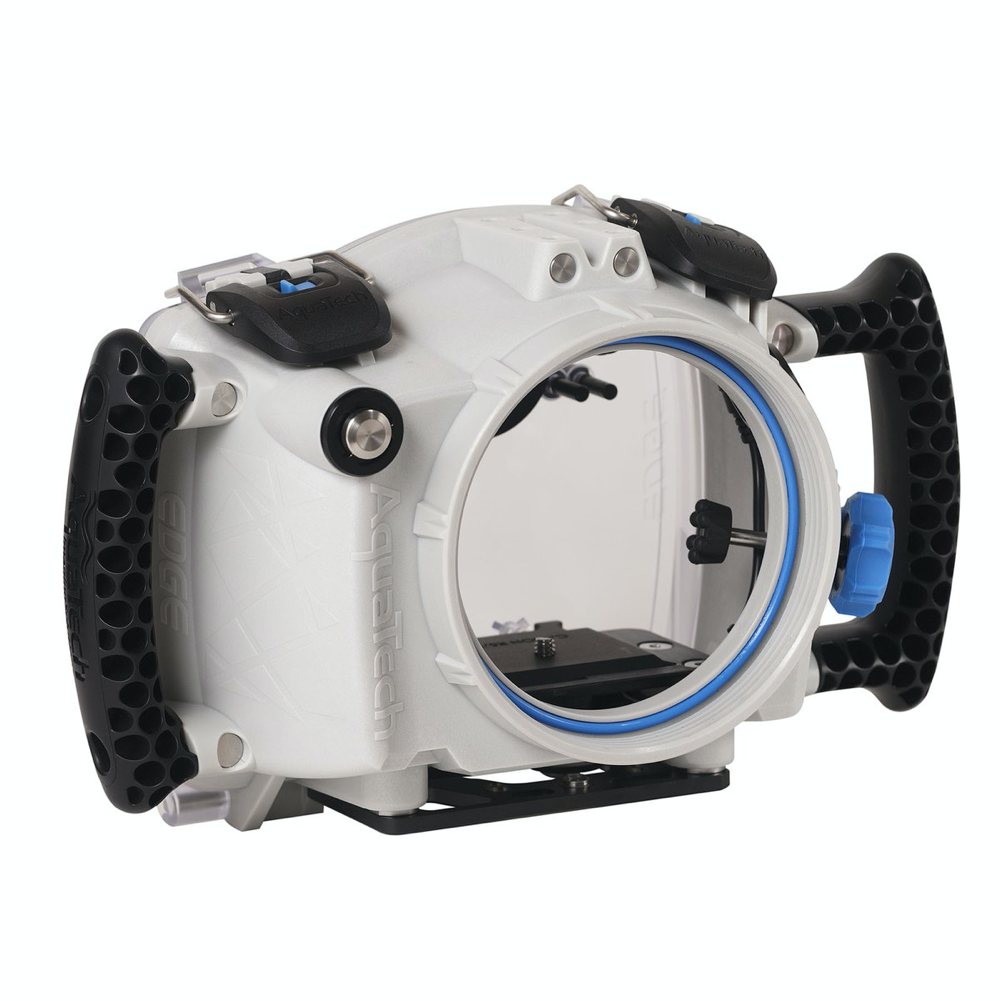 AquaTech EDGE Pro Camera Water Housings - Canon EOS mirrorless
AquaTech EDGE Pro Camera Water Housings - Canon EOS mirrorless
- Price A$ 2,149.00
-
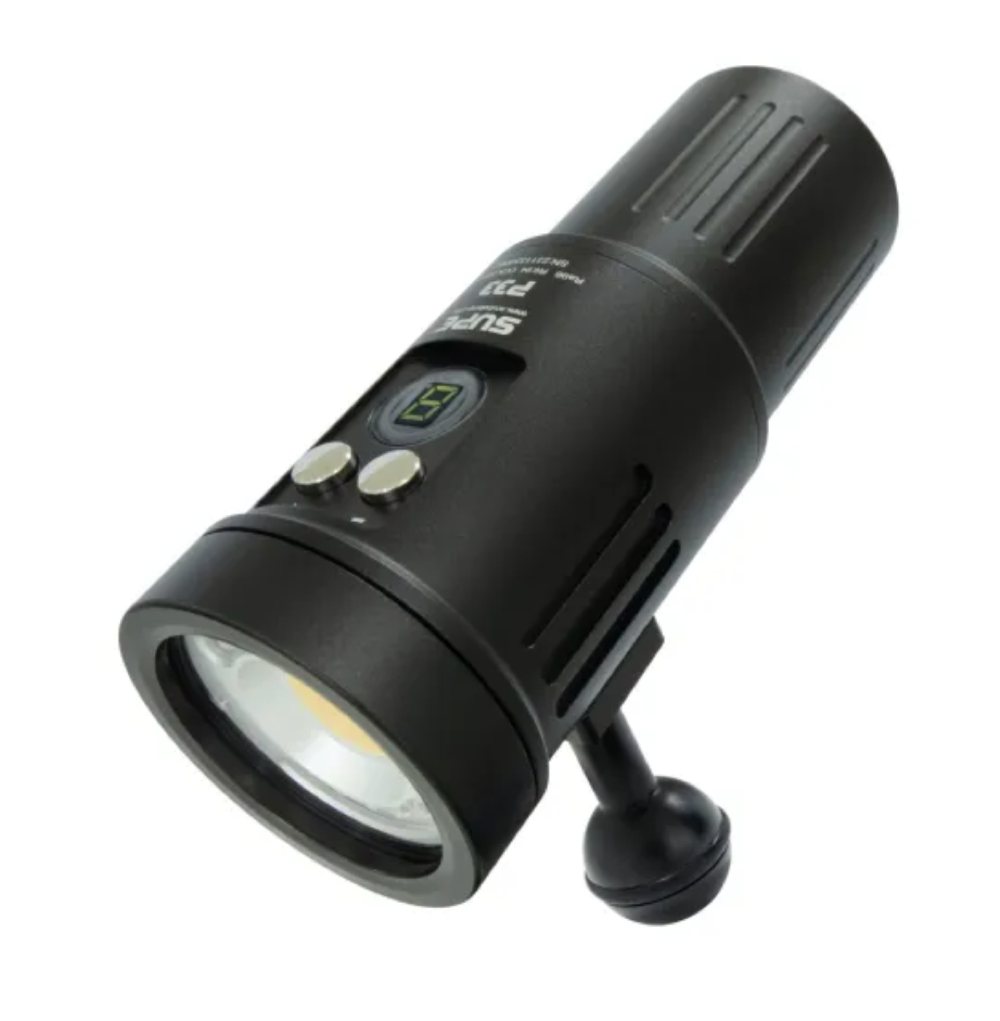 Scubalamp P33 LED Video/Photo Strobe Light - 5000 lumens
Scubalamp P33 LED Video/Photo Strobe Light - 5000 lumens
- Price A$ 649.00
-
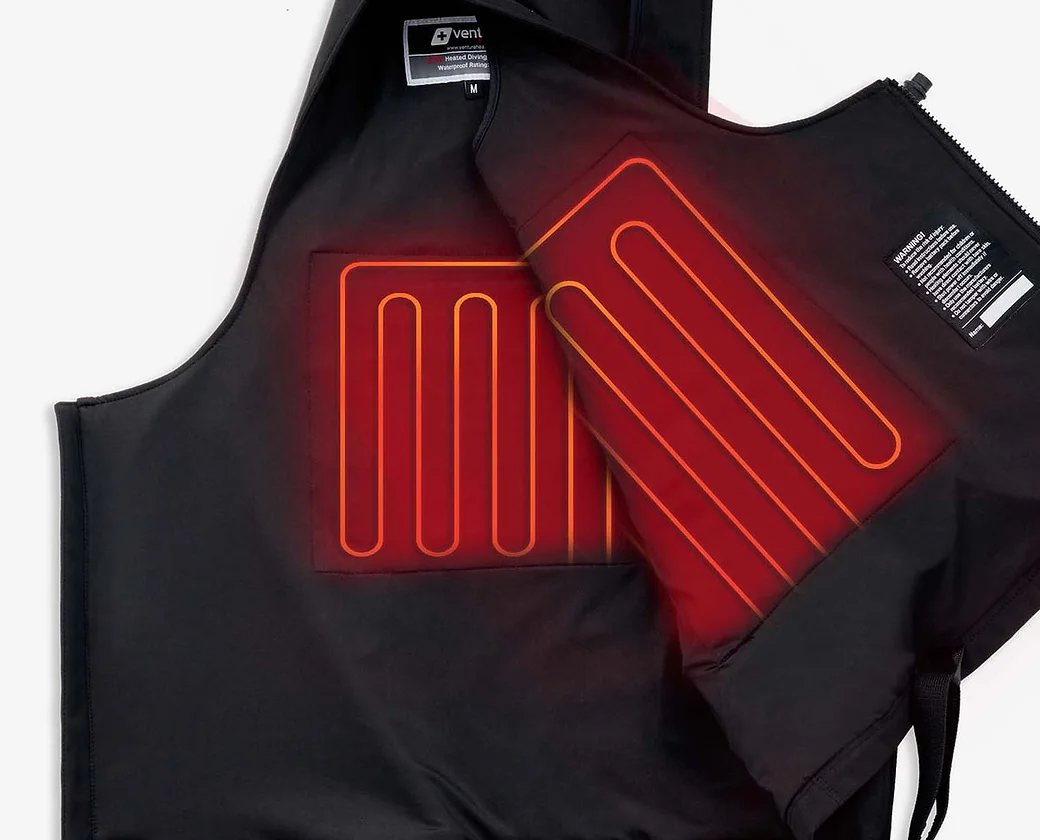 Venture Heat - Pro 32w Dive Vest Kit - V3
Venture Heat - Pro 32w Dive Vest Kit - V3
- Price A$ 1,249.00
-
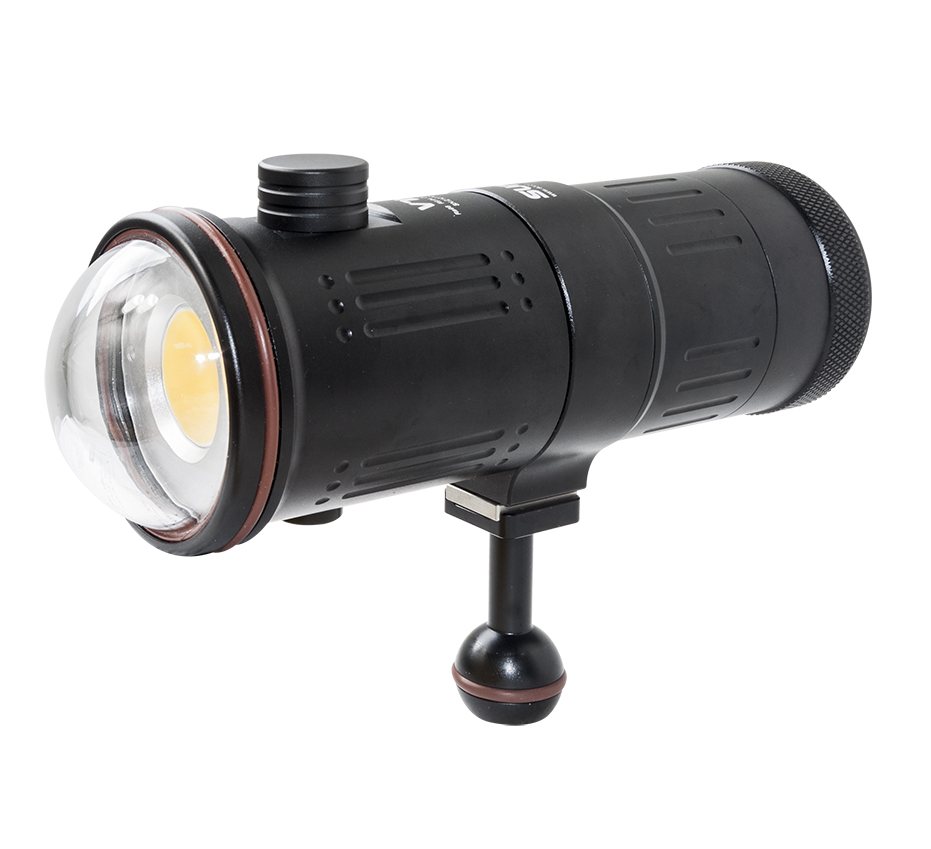 Scubalamp V7K Photo/Video Light - 15,000 lumens
Scubalamp V7K Photo/Video Light - 15,000 lumens
- Price A$ 1,699.00
-
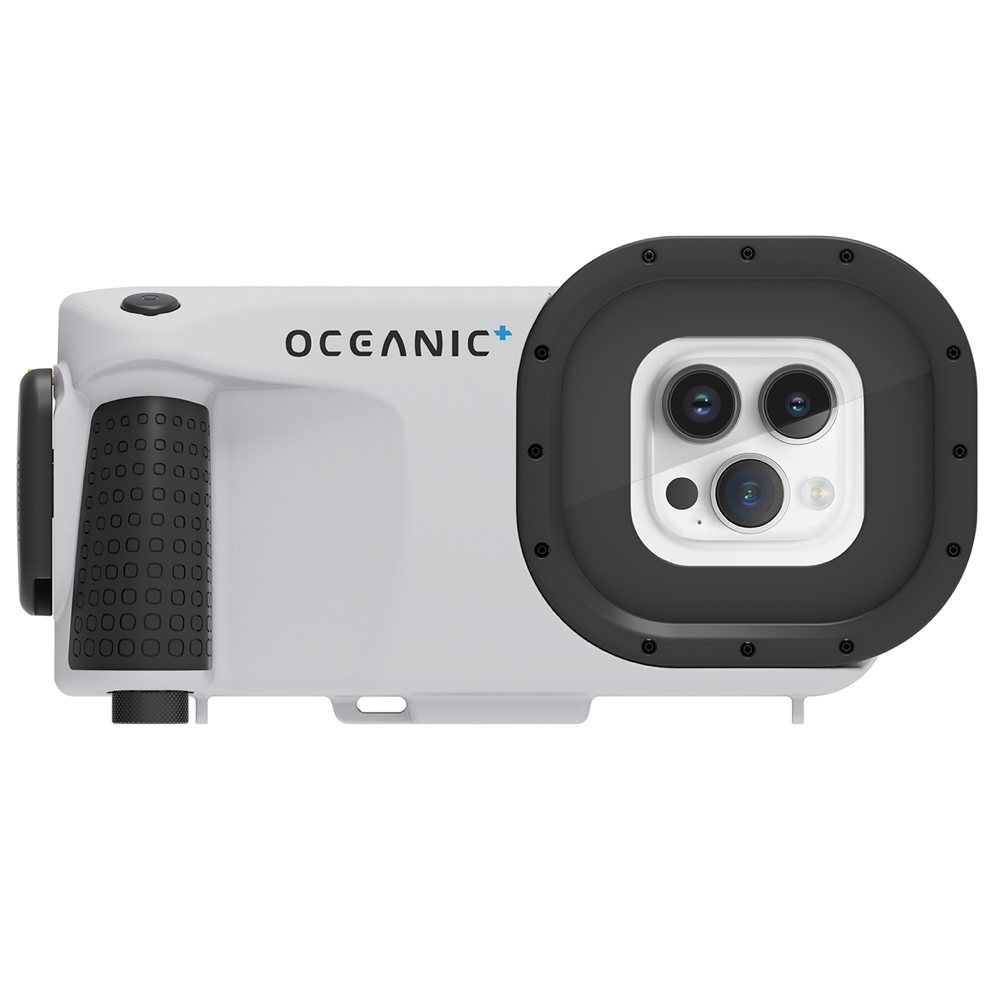 Oceanic+ Dive Housing - for iPhone
Oceanic+ Dive Housing - for iPhone
- Price A$ 979.00
-
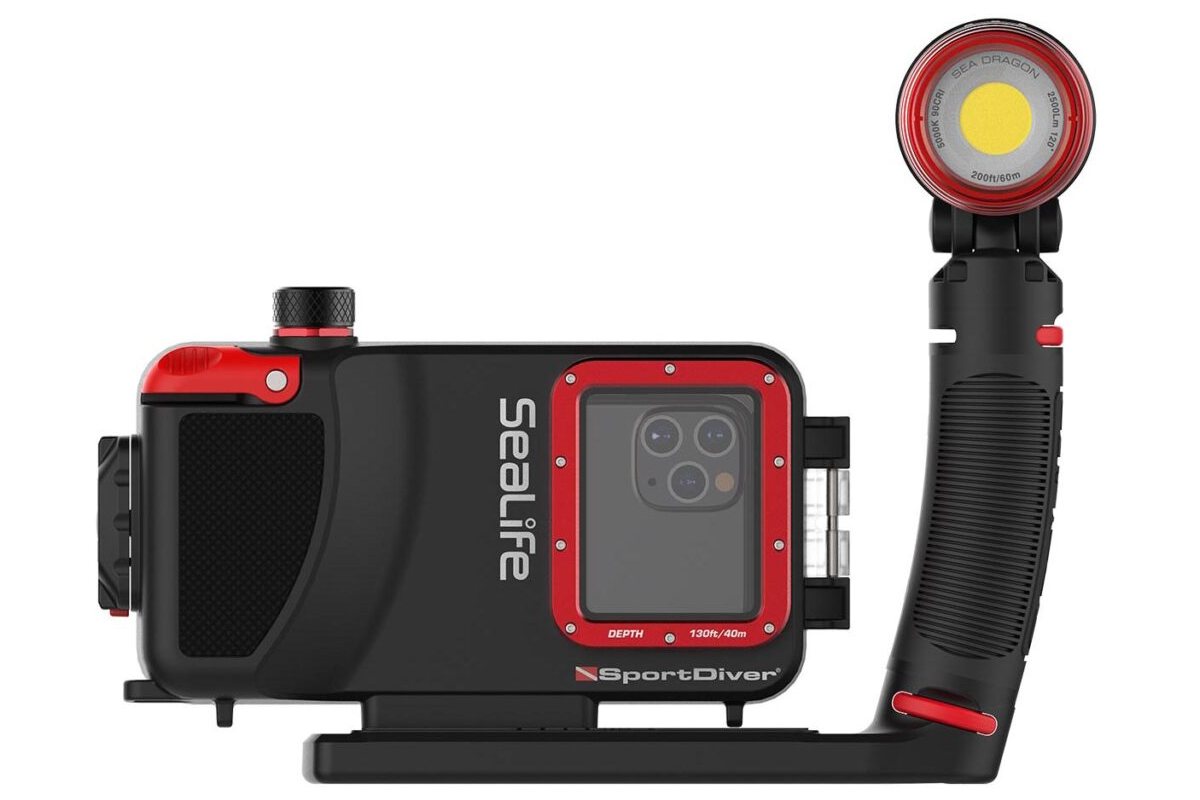 SeaLife - SportDiver Pro 2500 Set
SeaLife - SportDiver Pro 2500 Set
- Price A$ 1,299.00
-
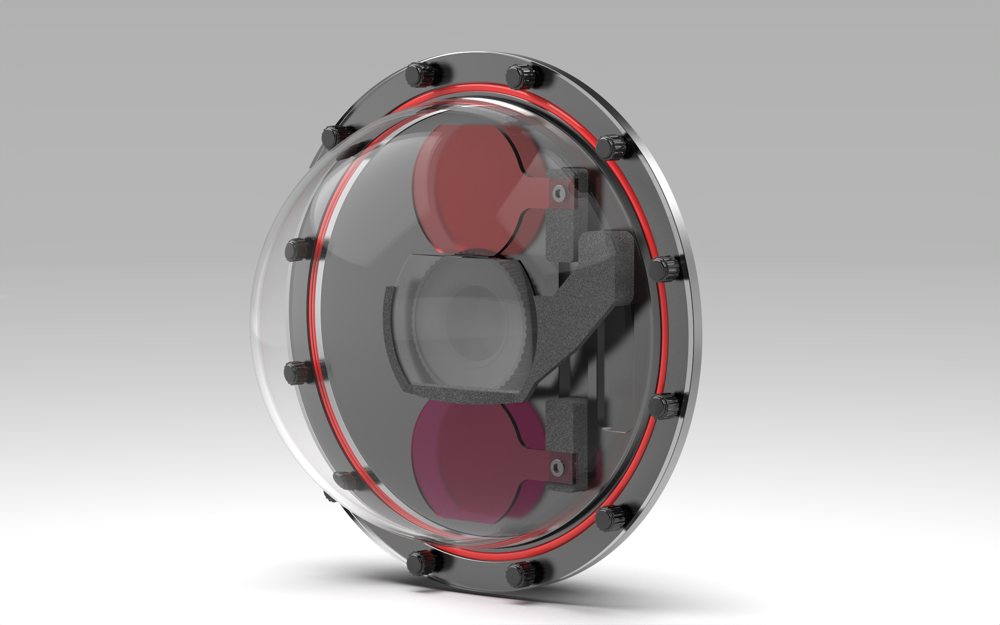 T-Housing DOME1 Aluminium Housing for Insta360 ONE R 1-inch
T-Housing DOME1 Aluminium Housing for Insta360 ONE R 1-inch
- Price A$ 499.00
In the Directory



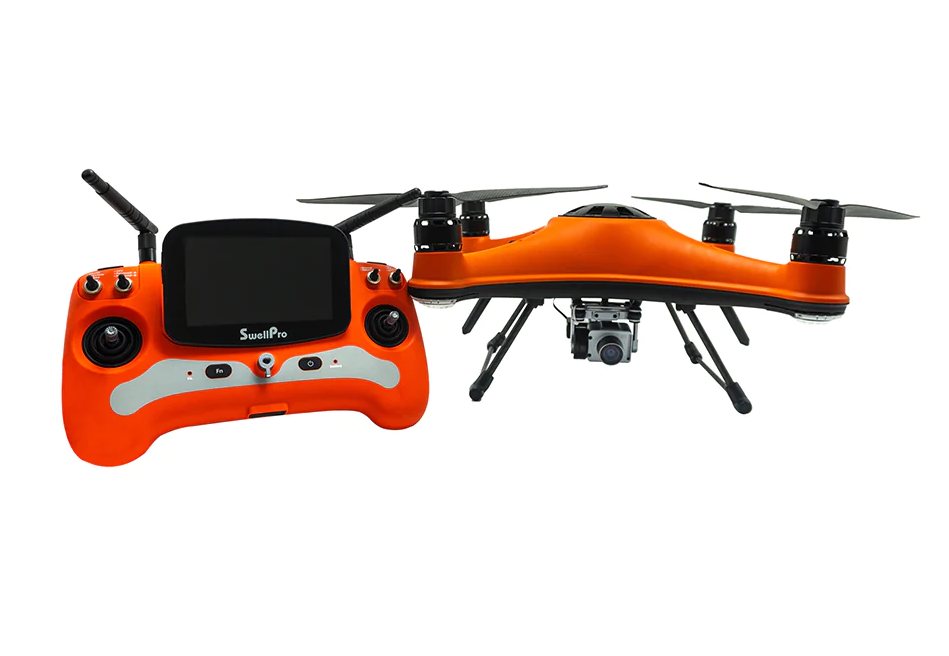
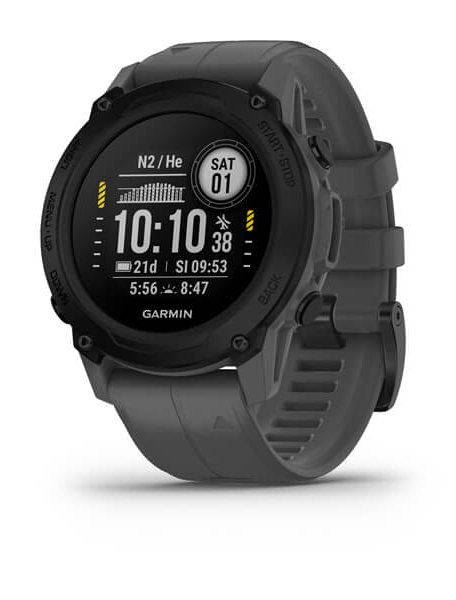
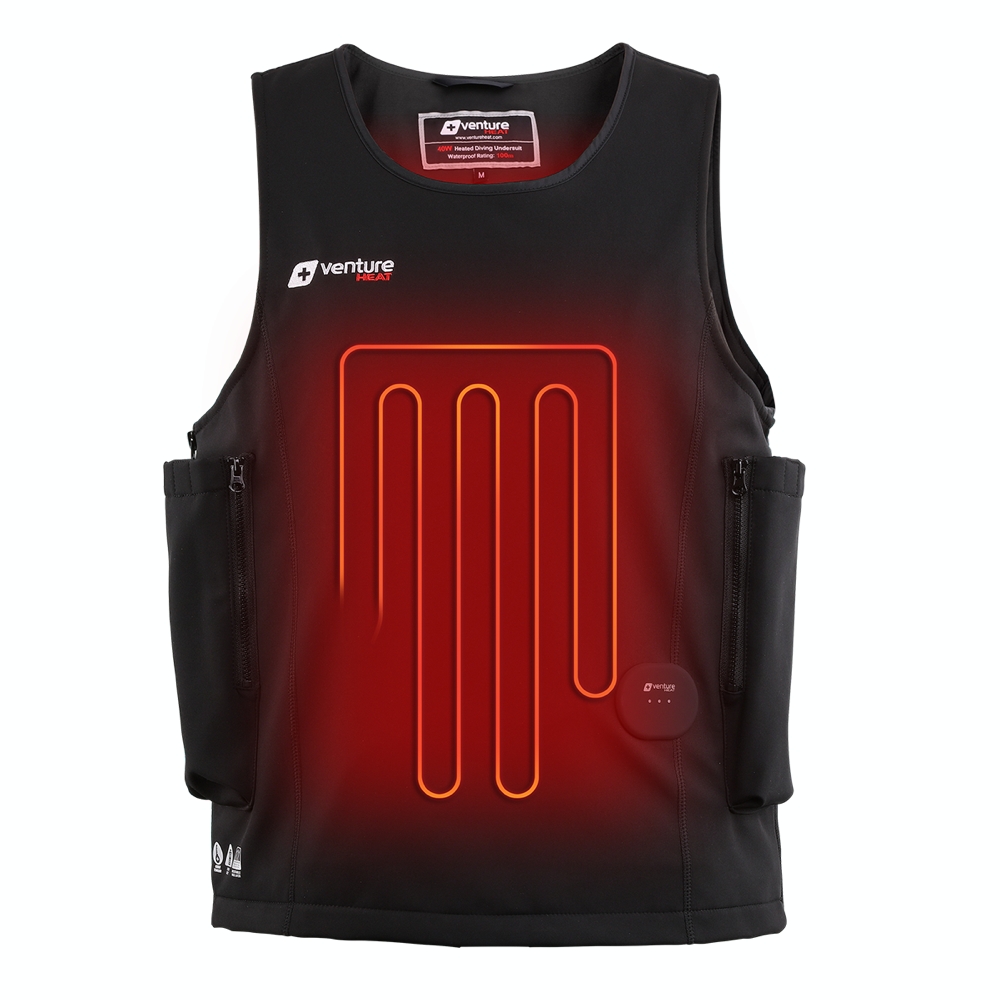
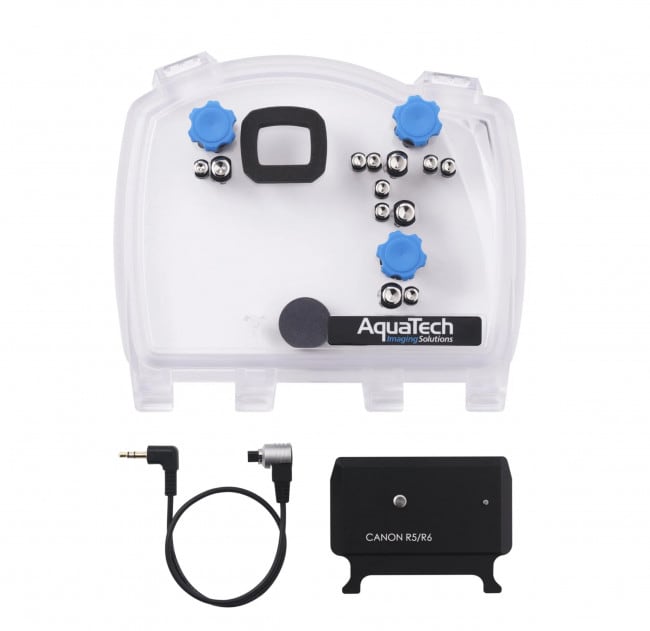
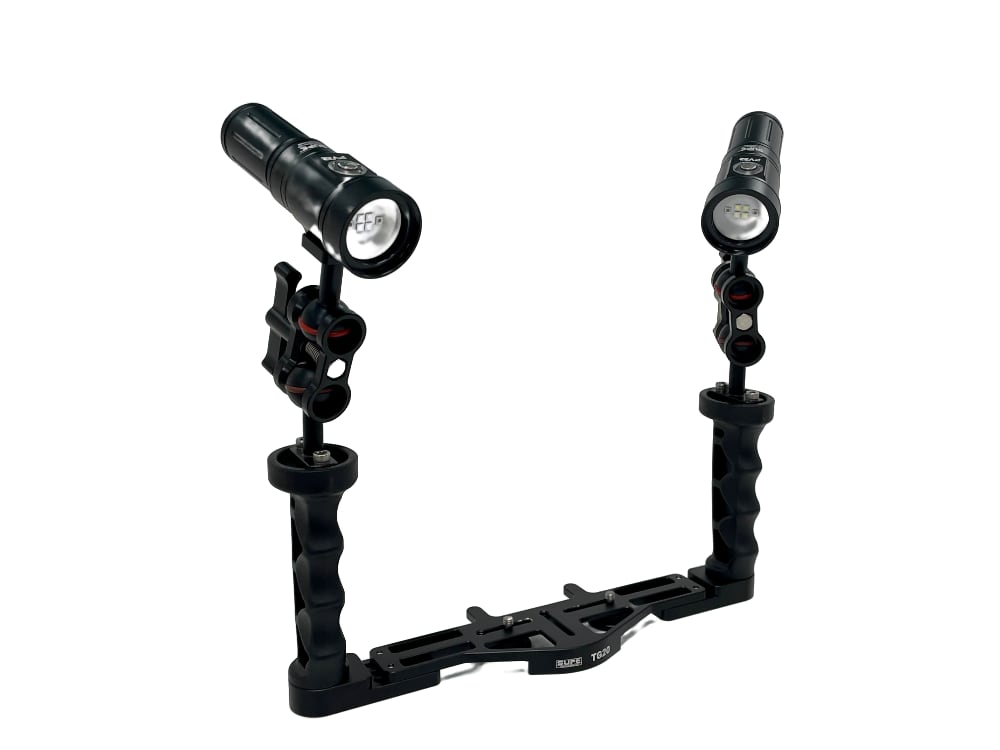
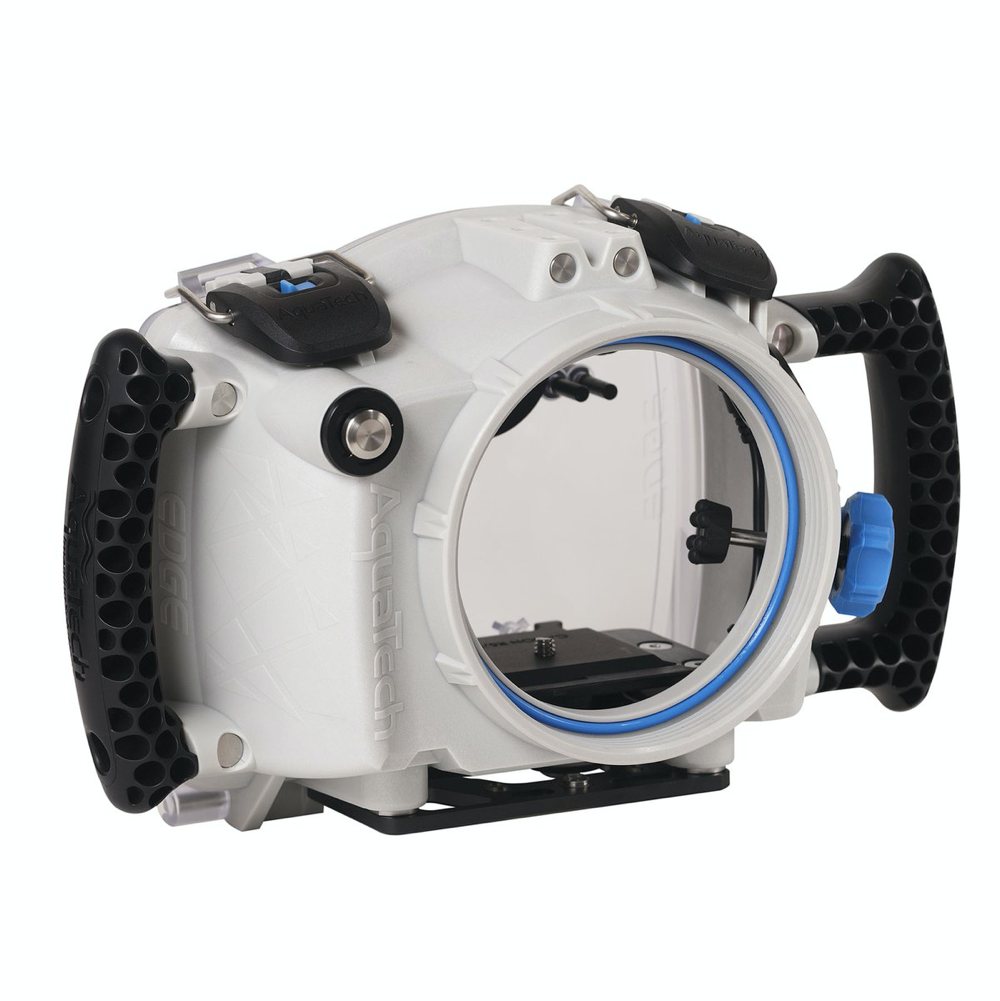
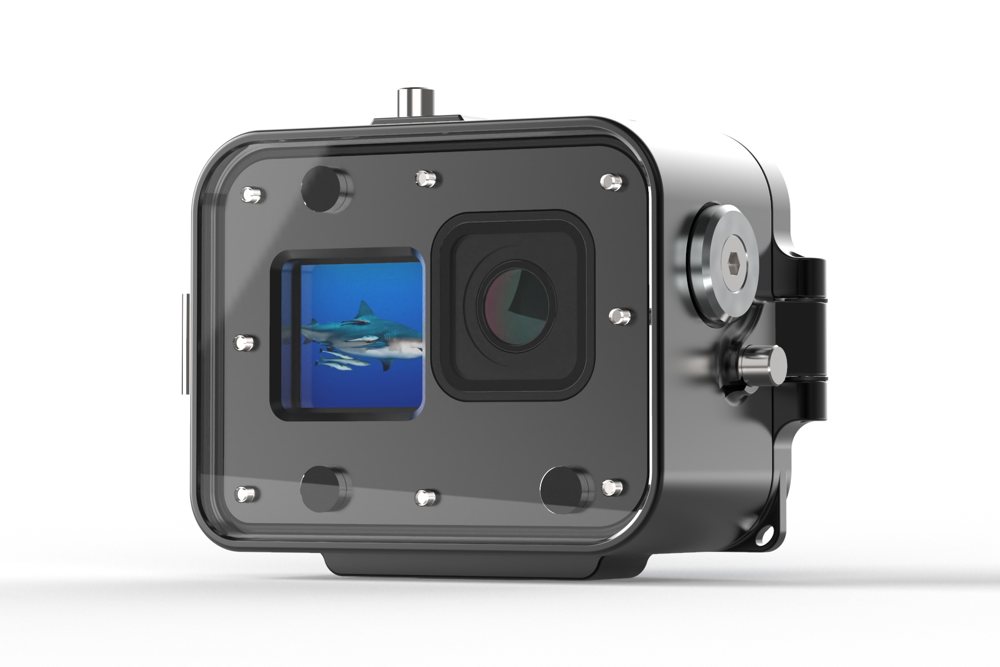
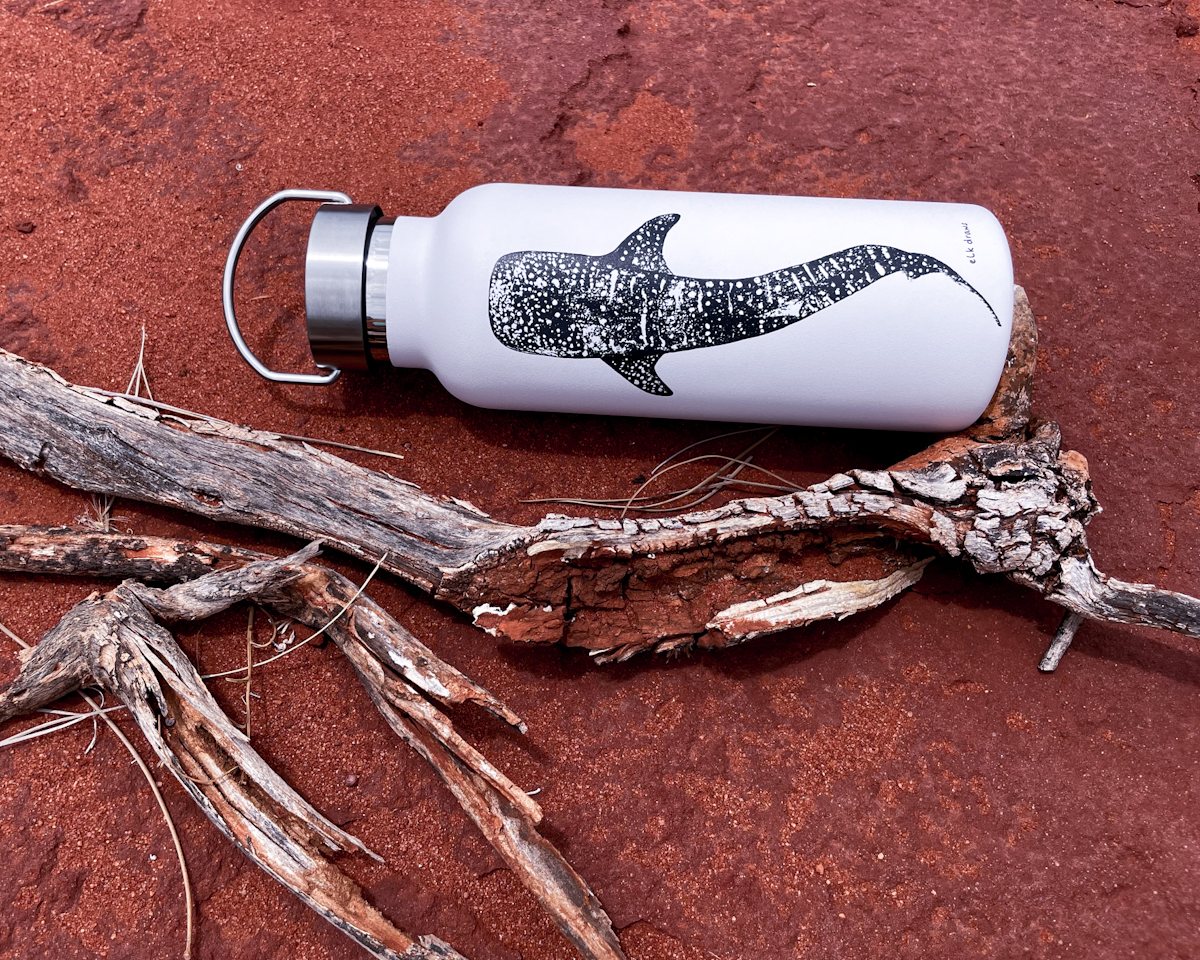



 Scubalamp PV73 Photo/Video Light - 7000 wide plus 2000 lumens spot
Scubalamp PV73 Photo/Video Light - 7000 wide plus 2000 lumens spot 


